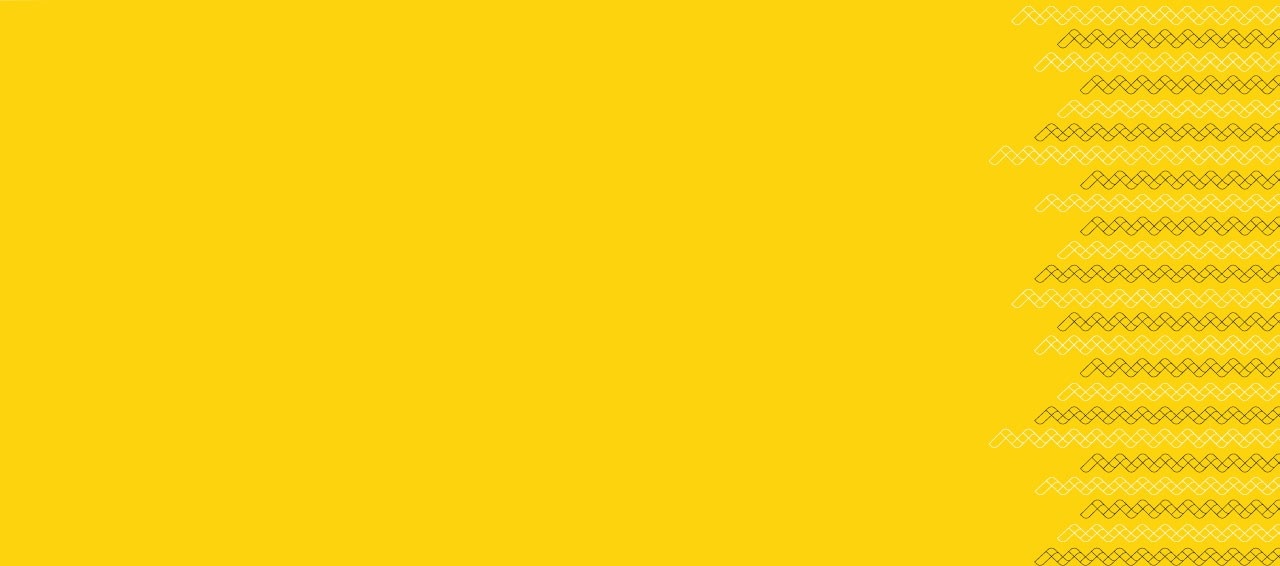Core Design Course
Relational Course Design
This is a shortened version of the full syllabus.Â
Course Description
In this "core" design course (designed for instructors without a social science background), we will deal with important course design questions: how do we write strong learning outcomes that communicate what's important to students? How do we design authentic assessments that prepare students for their lives beyond graduation? But rather than treating "outcomes" and "assessments" as the neutral means of getting students through the content and into their professions, we will re-know them as sites for relationship, and imagine what kind of enlivening possibilities open up in our classrooms if course design is not a "tool" in our hand, but a relational response to the on-going dynamism among students, colleagues, spaces, objects, landscapes, technologies and texts.
As we collaborate, these questions will guide our practice: How might doing design—and doing design in, with, and for relationship— contribute to social and material ripples of justice and care through our more-than-human(1)  world? How do decisions about what matters to a course (which authors are on the reading list, how students are assessed) contribute to "matterings" in the world—a reinforcement, or breaking apart, of inequities and injustices?
Despite what our students sometimes think (and despite what we sometimes think), our courses are, in fact, the "real world". They matter, and how we engage in design, matters. By doing theory and engaging collaboratively in lectures and labs, we will enact design as a relationship, trying on concept-practices drawn from sociomaterial, posthuman, and Indigenous educational theory, taking up our parts — and helping students to take up theirs — in the "lively, relational becoming of the world."(2)
[1] See the Glossary in the syllabus for definitions to some key course terms!Â
[2] Barad, K. (2007). Meeting the universe halfway: Quantum physics and the entanglement of matter and meaning. Duke University Press.
Learning Outcomes
By the end of this course, 
- we will have cultivated a design praxis that reflects a doing-understanding of design as a situated practice of response that emerges out of on-going relationship with students, colleagues, spaces, objects, landscapes, technologies and texts. We will have evidence of this cultivation, in part, through the accomplishment of a design portfolio. 
- we will be able to articulate, using concepts from our course, how the fruits of our design praxis (like syllabi, assignments, and grading schemes) are characterized by relationality, and how they may co-produce teaching & learning environments that nurture students' more-than-human awareness of their relationships within the world, empowering their "wicked response-ability" as members (and also farmers, writers, chemists, lawyers, dentists, sociologists, nurses, engineers, architects, etc.) of this planetary community.
- we will have gained a fluency in how sociomaterial and posthumanist bodies of theory explain the phenomena of teaching and learning, including how physical, material, online, virtual and digital spaces, objects and flows are understood, enabling us to make relational and responsive choices about course delivery modes, learning environments, and course technological tools and objects.
- we will have experienced this course and its design and will have had the opportunity to translate its components and aspects into our own courses or teaching praxis. The design components and aspects that we will experience in this course include (but are not limited to): 
- portfolio assessment;
- hyflex delivery;
- liquid syllabus;
- collaborative learning activities; participatory learning and action techniques; and
- art-, object-, maker-, and place-based pedagogies.
Course Length and Structure
The course is 12 weeks long, made up of 6 modules. The course includes one “intermission”, a period of several weeks after the end of the modules during which participants can sit with what they've learned and work on the final project. After this intermission, we will have an optional writing lab (a chance to complete the essay portion of the portfolio assignment collaboratively, and/or make up for any missed labs)*. The due date for the final project is August 19, 2025.
*Participants are not required to participate in the intermission, and may turn in their final project at the end of the 12 weeks. 
Course Contact Hours and Delivery
The course contact time consists of lectures and labs. Lectures familiarize us with the concepts and the tools; labs get us using the concepts and the tools. Because relational design is an effect of collaborative, situated responsiveness to students, colleagues, spaces, landscapes, objects, technologies and texts, we will be doing a lot of our design work together, in the lectures and the labs. Not only does this align with the pedagogical vision and theoretical underpinnings of this course, it has the added benefit of reducing how much work participants need to do outside the contact hours.
Lecture
Lectures occur on Tuesdays in the first week of each module (a lecture every other week), from 9 a.m.–12 p.m. Â
Lectures are delivered hyflex (participants may attend in-person, online, or asynchronously). Participants must attend 5 out of 6 lectures for a pass. 
All lecture dates: May 6, 20; June 3, 17; July 1*, 15
*This lecture will be re-scheduled due to Canada Day
Lab
Labs occur in the second week of each two-week module, and there will be two sections of it. You choose which one to attend: Wednesday, 1:30–3:30 p.m.; Thursday, 2:30–4:30 p.m.* 
Labs are delivered online synchronous (participants attend online synchronously; no asynchronous participation). Participants must attend 5 out of 6 labs for a pass.
All Wednesday lab dates: May 14, 28; June 11, 25; July 9, 23Â
All Thursday lab dates: May 15, 29; June 12, 26; July 10, 24
*There may be an opportunity to adjust the timing of these labs if, via an anonymous survey, all course participants agree to the change.
Registration Cap: 12
Priority enrollment goes to participants of the Faculty Certificate Program. Seating will then be offered to non-participants on a first-come, first-served basis. If the class fills, you will be placed on a wait list, and possibly granted a seat if someone else declines theirs. Thank you for your interest!
